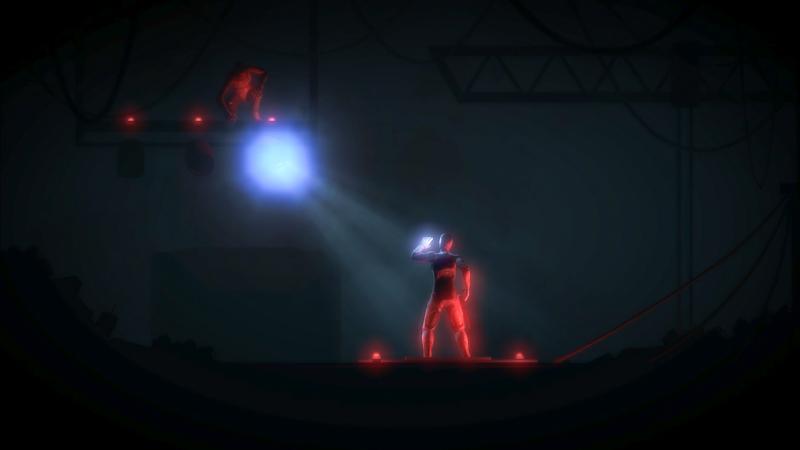Unique Storyline a Highlight of Futuristic Game
The protagonist of The Fall engages with a computer-controlled artificial intelligence enemy. The video game’s narrative content outshines its gameplay.
September 4, 2015
When I started Over The Moon Games’ The Fall, I had no idea what I was getting into. I’d put this game on my wishlist after reading its description: a dark sciencefiction game that promises to ask deep questions regarding artificial intelligence and centers on a character stranded on a planet. Everything I read encouraged the player to leave behind the idea that this was a game in any traditional sense. Rather, critics encouraged gamers to see it as an interactive, highly linear story. To me, this seemed like it could be a pretentious attempt to hide gameplay faults behind lofty goals. So when it finally came time to play The Fall, I didn’t know what to expect — and that’s why it blew me away.
It’s important to say that the opinions I had read were correct. There are only a few elements that one might consider game-like within The Fall. You, the player, explore a two-dimensional area, moving forward into the unknown core of the planet upon which you’ve crashed. You wander around the environment and collect objects that will interact with other objects to open up the path ahead, recalling classic adventure games. There is shooting at points, but it doesn’t control incredibly well — not that it needs to, as the sections featuring shooting are incredibly easy because the non-player characters employ simple, easily defeatable AI tactics.
On the other hand, the puzzles — which constitutethe majority of playtime — become infuriating at certain points. It’s one of the few games that actually led me to turn to a strategy to get back on track. Only a few of the puzzles give any sense of real accomplishment once their clever design is cracked. But despite all that, I love this game.
Art, story and music come together to commendably form the atmosphere of The Fall. Bright neon lights emanating from robots emphasize the contrastingly somber environmental color scheme, emphasizing a sort of dissonance between who your character is and where they are. The simple sound effects leave you with a sense of dread and fear of what you might uncover around the corner. When the game ratchets up, a soundtrack of electronic music builds in the background, establishing a sense of breakneck momentum. When certain bits of dialogue need to be emphasized, the building sounds cut out to a bare minimum, lending greater focus to the finely crafted script.
Each of these elements come together to create the story of an AI-controlled suit named ARID that goes on a quest to heal its pilot. Stranded on a planet, neither you nor the character you control have any idea what is going on. But as you move forward, the story gets more complex, specifically in regards to your character. ARID is not a static character. In the beginning, it is an entity bound by three rules reminiscent of Isaac Asimov’s Three Laws of Robotics. Created only to help and be used by humans, ARID theoretically cannot progress without getting consent from its pilot. As the pilot is silent and injured, watching ARID find ways around programing is not just interesting but also haunting in that it appears to be a possibly realistic future for AI.
Like any good science fiction story, The Fall portrays the future in an intriguing way. It does not rely upon its artistic beauty, as glossy games often do. The Fall works out to be more than eye candy. The game is a story first and foremost and, although its gameplay isn’t excellent, it shines — much like the location it takes place in — amidst its own rubble.

























